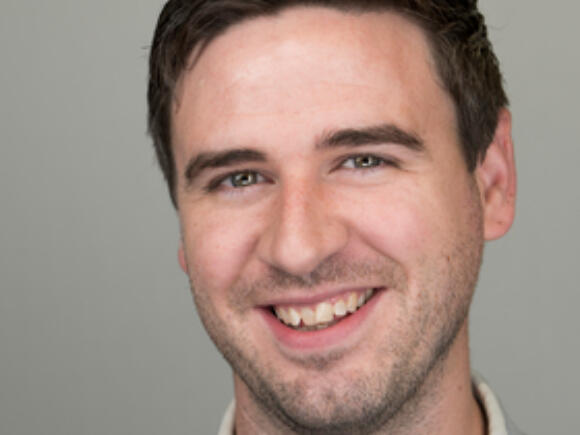
Before I could apply, my future research plans and CV were considered by both the Head of Department and Faculty Dean. Following their approval, and support, I formally applied for the scheme.
I joined LSTM and entered the career track scheme in early 2014, having previously been based in the School as a postdoctoral research associate in an academic-commercial partnership (from 2010-2012) immediately following my PhD (2007-2010).
It was fairly soon after my PhD that I began to write funding applications, and in hindsight, it was probably this activity that had the strongest contribution to my later entry on to the career track at LSTM. In 2010, I wrote an application for an early career fellowship with the Wellcome Trust (Sir Henry Wellcome scheme). I found writing this application very difficult, but was helped by my supervisor/mentor at LSTM who guided me through this process of how to frame a funding application. Having that mentorship undoubtedly made a huge difference to my ‘competitiveness’, but ultimately the application was unsuccessful.
In 2011, my supervisor and I jointly conceived and wrote a Leverhulme grant application. I was the named postdoc on the grant application, meaning that not only would I have a job if the grant was funded, I would also gain some recognition for my contribution to writing the grant. As with many funding schemes, because I was not an academic member of staff (i.e. non-permanent/fixed term contracted), I was unable to be named as an applicant. At the same time, I wrote a different funding application for a Natural Environment Research Council (NERC) postdoctoral research fellowship. This scheme was for early career scientists (less than 5 years postdoc experience) to begin forging a career as an independent scientist, by managing their own research grant. This time around, I was more fortunate, as both applications were funded. I accepted the fellowship, and turned down the postdoc position on the grant application. This decision was straightforward – whilst I was enthusiastic about both projects, the opportunity to run my own project independently was a fantastic career opportunity.
Taking the fellowship meant moving institution, as at that time LSTM was ineligible to receive funding from NERC due to its separation from the University of Liverpool. However, with LSTM being my first choice of ‘host institution’ for the fellowship, I began to discuss with my mentor how in the future I might return. This is the point that I first became aware that a tenure track (or ‘career track’ as it’s now known at LSTM) system existed. It was made clear to me that to be considered for this scheme, the expectation would be for me to continue to write impactful papers, to acquire further research funding (as a co-applicant on a grant) and to also bring my NERC fellowship with me, once LSTM became eligible to host me.
After about 15 months of my fellowship, LSTM became eligible again to receive funding from NERC and the other UK research councils. I had recently published a paper in PNAS, and had submitted a Medical Research Council grant application with my former supervisor at LSTM - the culmination of these events made me apply to return to LSTM on the career track scheme. Before I could apply, my future research plans and CV were considered by both the Head of Department and Faculty Dean at LSTM. Following their approval, and support, I formally applied for the scheme. Shortly thereafter, our MRC grant was funded, and I was successful at being entered onto the career track.
I do not believe that there were or are specific prerequisites for applicants to enter on to this scheme (e.g. amount of grant income, or number of papers), as individuals are considered on a case by case basis. However, it was made clear to me when applying that I would have to be able to demonstrate prior success in acquiring research funding and evidence impactful research. To give some specific context, when I applied for the career track scheme I had been involved in two successful research funding applications (each worth ~£200-300k) and I had published 16 papers in total (7 as first author).